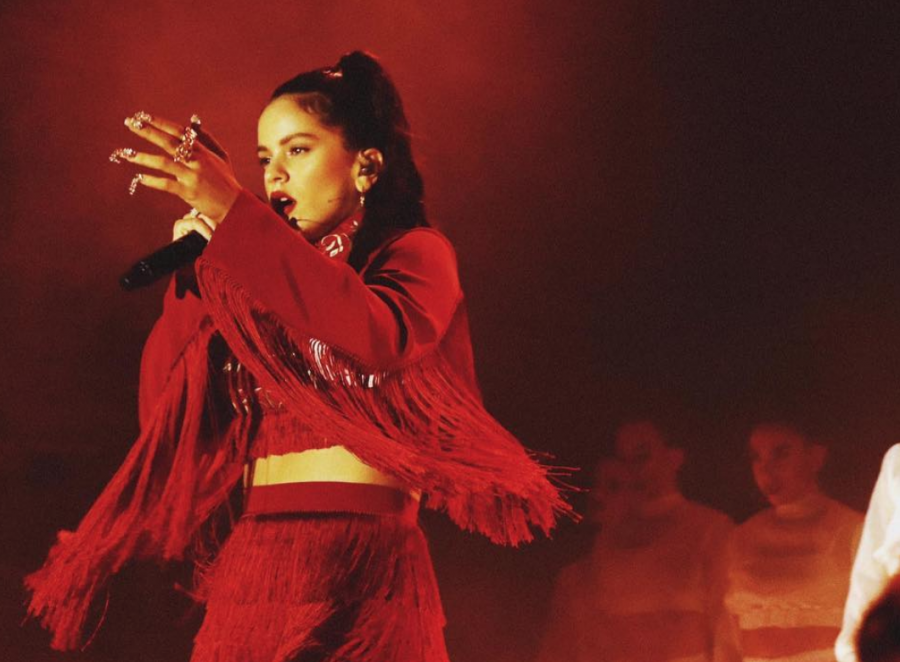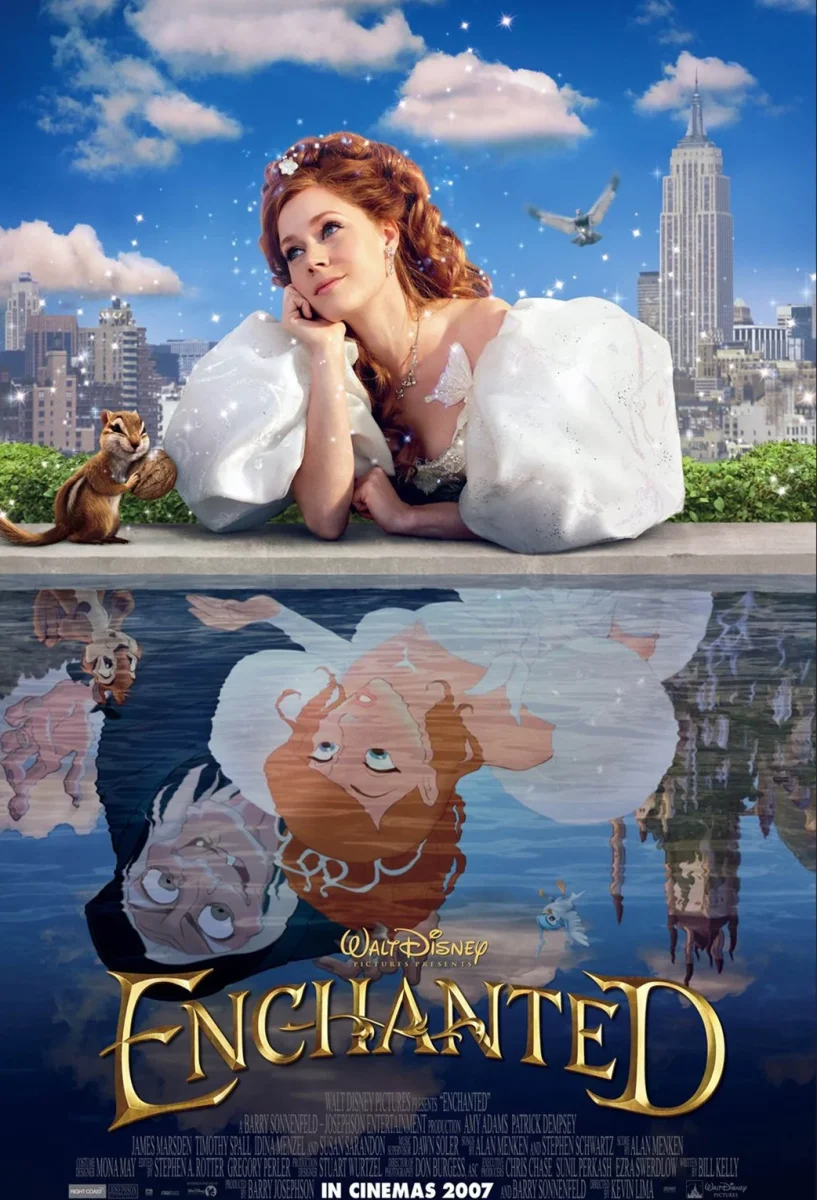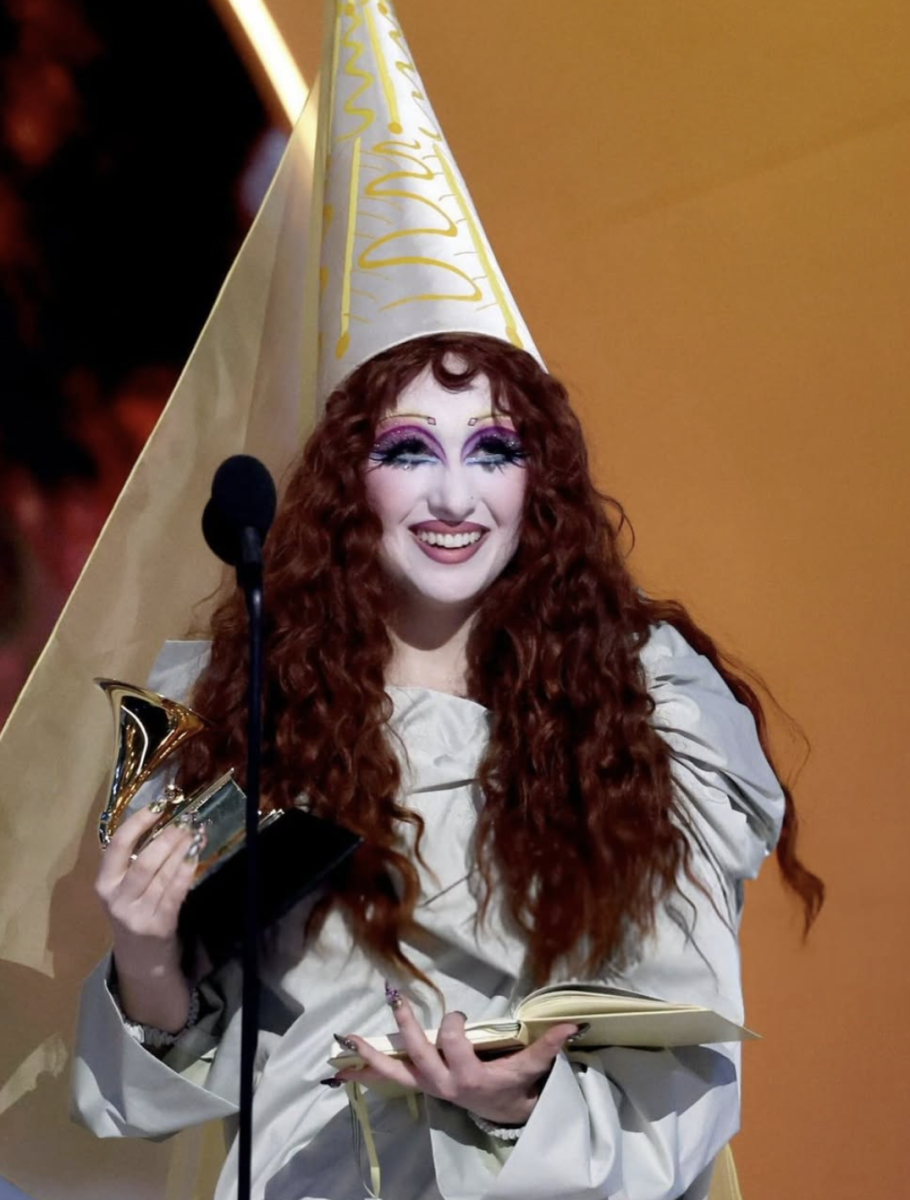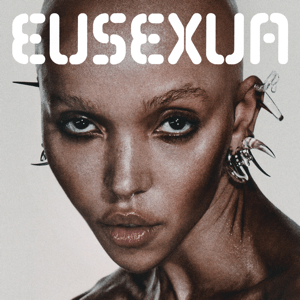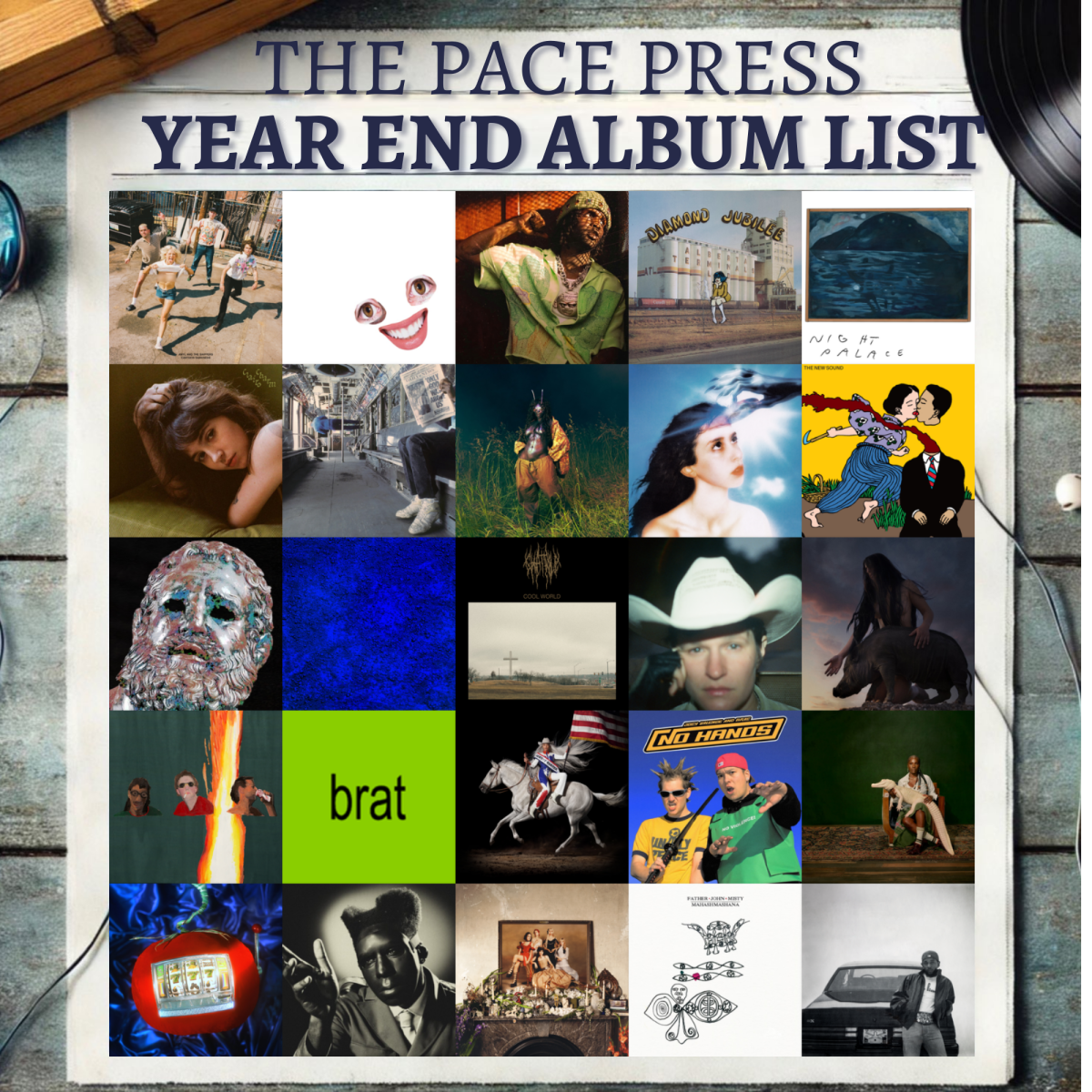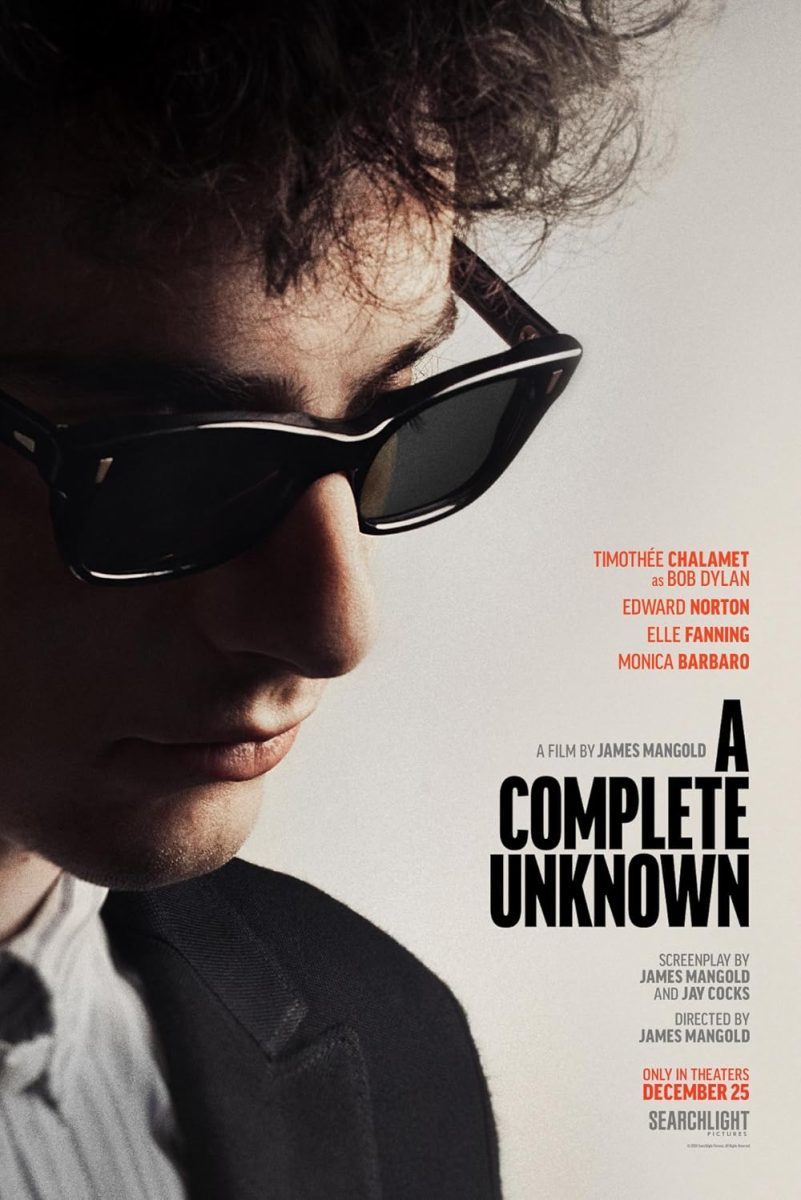Following her exceedingly impressive 2017 debut album “Los Ángeles,” Spanish contemporary flamenco singer Rosalía returns with another sonically sweet yet much more experimental and personal full-length project titled “El Mal Querer.” Rosalía Vila Tobella has experienced a very quick rise in popularity since the release of “Los Ángeles,” especially in the Spanish community. Her stunning reworks of classic Spanish folk songs on the album were already enough to draw a crowd that could appreciate the beauty in her vocal and instrumental performances, but it was the collaborative help of renowned Spanish producer and composer Raül Refree that really shined light on this gem of a project. Since then, Rosalía has been gaining popularity and praise both in Spain and internationally and has even been working with artists on a more worldwide scale, including her collaborations with Colombian singer J Balvin and American singer Pharrell Williams. Hardly taking a break from her sudden moment in the spotlight, Rosalía delivered another flamenco fan favorite in “El Mal Querer.”
The album’s title, Spanish for “The Bad Desire,” is a reference to the album’s subtler conceptual side. Borrowing a narrative from the 13th-century Occitan story called “The Romance of Flamenca,” Rosalía constructs her songs into ballads and her album into a story. The story follows a soon-to-be-wed woman who is imprisoned in a tower by her jealous fiancé. Rosalía then parallels this plotline to a story of her own, where each of the 11 tracks on this record represent a different chapter. “El Mal Querer” tells a story following an inevitably fleeting relationship, and the two fools who try to make it work, despite their love already being doomed.
One of the clearest examples of the album’s underlying romantic theme takes place in the album’s introduction and first released single track, “MALAMENTE (Cap.1 Augurio).” In a track-by-track interview with Apple Music’s Beats 1, Rosalía described the song as “[The] moment when you know in the beginning of the story how it’s gonna end, but even then you go and do it.” The story that Rosalía introduces is set over one of the album’s most modern-pop instrumentals. This album as a whole marks a departure from her previous flamenco folk sound without necessarily abandoning the aspects of that style completely. “I was trying to compose a song everybody could understand,” Rosalía went on to tell Beats 1, “doing experimentation with electronic sound but also connected with my roots and flamenco.” The song’s persistent hand-claps and deep synths set the tone for the remainder of the album’s pop-like aesthetics.
That mainstream pop feeling does not last throughout, though; Rosalía does take a more experimental approach to her sound on tracks like “DE AQUÍ NO SALES (Cap.4: Disputa).” Lyrically, the song is quite barren, but for what it lacks in story and wordplay it makes up for in instrumentation. Rosalía aggressively chops and skews her vocals strictly over the sounds of car engines revving, tires screeching, and police sirens. As the song progresses, it grows less abstract and more complete, and the use of pure vehicular sound bites transforms into an identifiable beat with the aid of some more handclap percussion and deeply-buried bass lines.
Then, just as quickly the album jumps to its fiercer side, it winds back down with more pop-soul tracks like “BAGDAD (Cap.7: Liturgia).” Rosalía showcases her capability to blend the sound of old folk flamenco with new-wave pop aesthetics to her strongest ability on this track. The lyricism and flow of the deeper, more mellow segment of the song sounds like something straight out of any modern R&B album. However, she transitions that into a more soulful vocal progression so seamlessly that it’s difficult to decide if you can even restrict the song to a single genre. Many pop music fans may even recognize the opening melody to the track. The song’s first chorus is a sample of the beat and pre-chorus of Justin Timberlake’s acclaimed song “Cry Me a River.” Rosalía explained how this sample came about in her interview with Beats 1: “He heard the song and said, ‘Yes, you can use the melody’; I was so excited because he never approves anything.” The sample does not go to waste either; Rosalía’s interpretation of Timberlake’s melody only amplifies the album’s entire pop-y feel even further.
When it comes to the work of Rosalía, a problem for many new American listeners is the obvious language barrier. But as an American listener who speaks close to no Spanish, and after having to translate almost all of the album’s lyrics via Google, I can confidently say that Rosalía’s art goes far and beyond past her lyricism. The instrumentals on this record are just as unique as they are catchy, which Spanish musician and producer El Guincho can take much of the well-deserved credit for. Paired with Rosalía’s beautiful vocal performances throughout melody, range, and diversity, the album does a great job of holding meaning, even if the listener doesn’t understand a word of it. And as for the listeners who do understand Spanish, Rosalía shines in her storytelling as well. Track by track, and chapter by chapter, she tells the tragedy of a relationship that was over before it even began, and uses her flamenco pop sound to express her feelings towards the other party of the relationship and the toxicity of the relationship in itself. It’s a tragic yet uplifting story of not only recognizing the true intentions of your malicious lover, but also recognizing much about oneself and what allowed this relationship to so easily manifest itself in the first. Through fantastic vocals, gripping story-telling, and the right ear for both production and collaborators, Rosalía successfully uses every aspect of her talent to reinvent her sound on this new album without neglecting her flamenco or Spanish roots.

